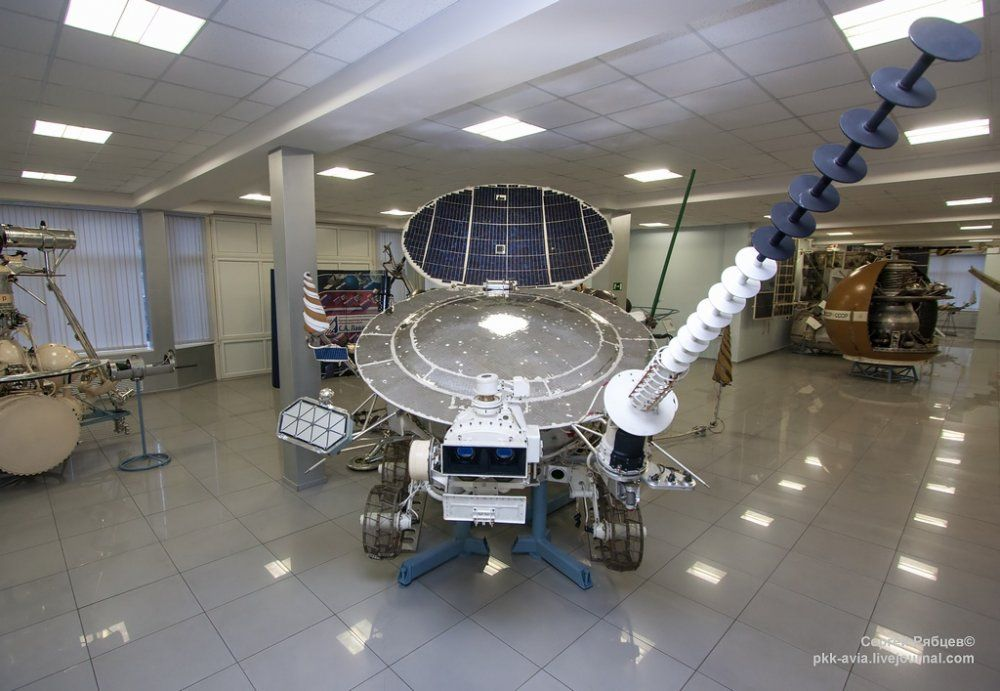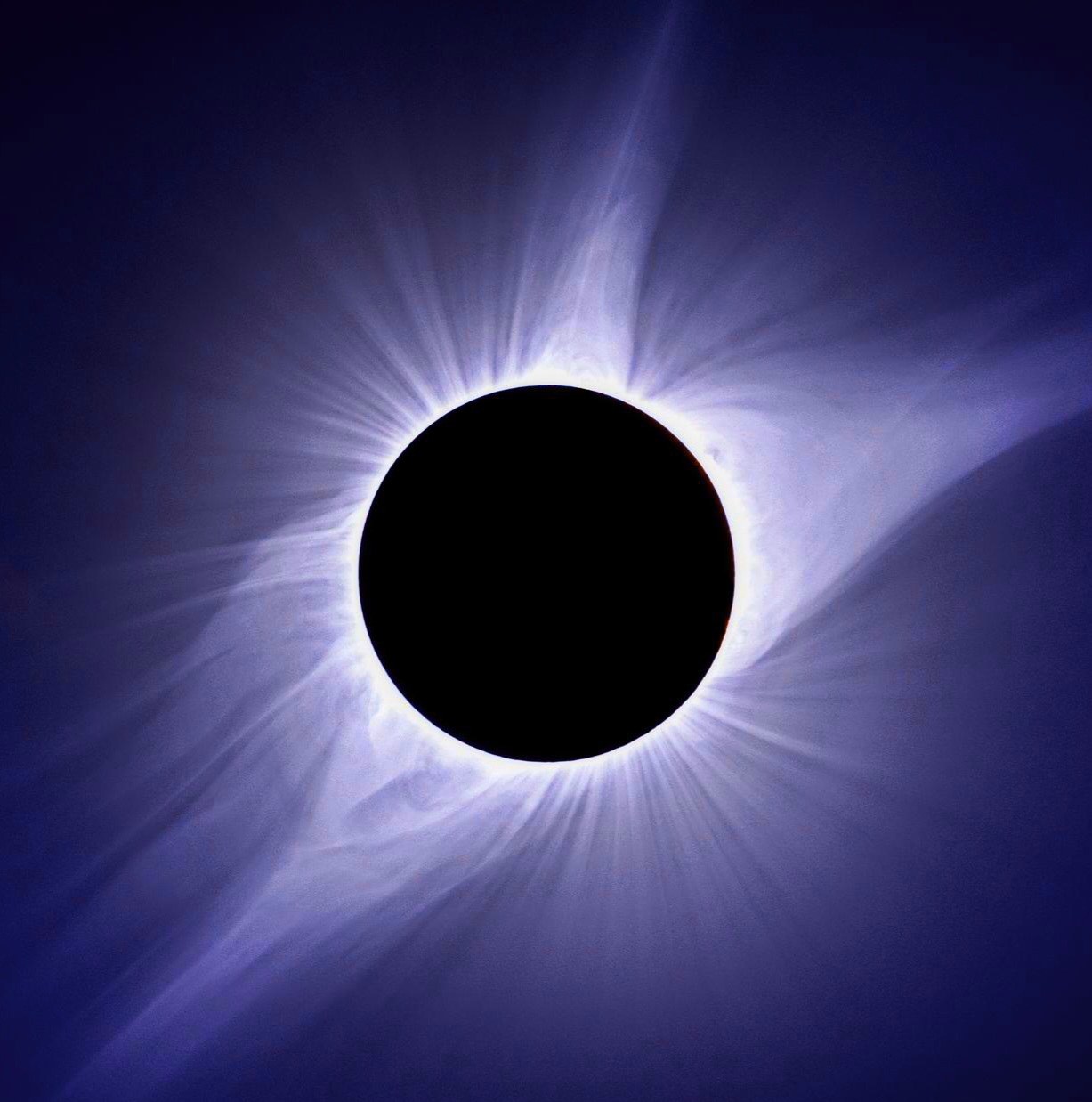This is an obscure type of antenna, called sometimes cigar antenna, that works pretty much like Yagi - most of you will know it as (non-satellite) TV antenna - but instead of rods it has disks. It was used in Lunokhod 1 and 2, Soviet moon rovers launched in 1970 and 1973 respectively

Where was that picture taken? Looks like a cool museum I’d like to add to my bucket list.
Edit: Did a quick reverse image search, and it’s apparently the NPO Lavochkin museum in Moscow. Also seems to be an old photo. The museum has been renovated since and looks much, much nicer now. https://www.leonarddavid.com/take-a-virtual-tour-russian-museum-of-cosmonautics/
i’ve lifted this photo from linked page, which elaborates on these antennas in detail
Were there any specific benefits to the discs other than that it looked cool?
So the principle is: If the design of your antenna is such that when the signal emitted by one disc reaches the next disc some nanoseconds later, the phases line up (the next disc is adding power because it’s exactly in sync with the signal coming off the first disc), each disc will progressively reinforce the signal so the emitted signal adds up to be way more powerful in the exact direction that the antenna is pointed. And likewise for receiving from that specific direction.
Yagi antennas use the same principle, and another poster gave a much more technical explanation of why discs instead of a Yagi or helix, but in case you were asking the more basic question, that’s why.



